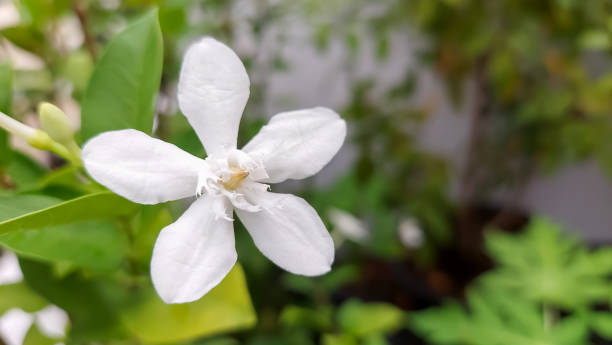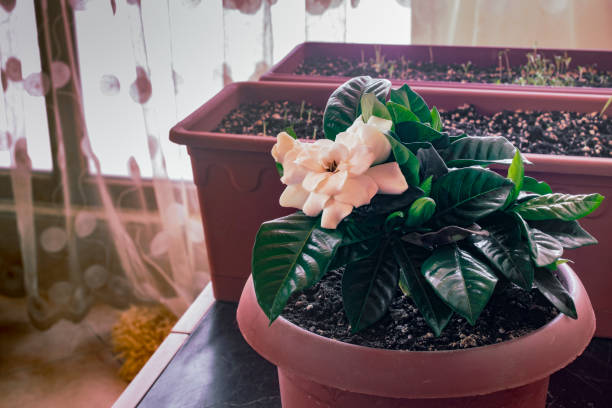Where To Plant A Gardenia Bush In Your Backyard? An Easy Guide For Beginners
Suppose you have chosen to go with a flowering Gardenia as your choice of flower. In that case, this article will help you understand how to grow one. Flowering gardenias are not that easy to grow. Still, you can achieve in growing a healthy one. But where exactly should you plant Gardenia? Do they thrive in containers or in the ground? These can be some of the intriguing questions for beginners. Don’t worry. We will discuss the best location for your Gardenia bush and the best growing conditions. Let’s dig in!
Table of Contents
Where Is the Ideal Location To Plant a Gardenia Bush?

In the Ground
Plant your Gardenia bush in a location under the morning sun, preferably for 4 hours, and receive moderate to low sunlight during the afternoon hours from neighboring vegetation.
However, even if putting gardenias in their preferred location won’t completely alleviate their fussy temperament, it will lessen the likelihood of any problems. Gardenias’ aversion to having their roots disturbed should be the first factor to be taken into account when making a placement decision. As a result, they must be planted in a permanent position free of tree roots or the threat of moving them in the future. To avoid damage, choose a place out of the way of high winds. Besides that, the Gardenia needs a location with sufficient air circulation to prevent pest and disease issues.
Gardenias are incredibly picky about their soil, requiring them to drain well and have a soil pH ranging from 5.0-6.5 to thrive. They do not thrive in alkaline environments. The truth is, when gardening near concrete walkways or foundations, the soil might become too alkaline. It will result in the plant’s poor health and growth due to the plant’s exposure to alkaline conditions. Preparing the planting site with a substantial amount of compost, aged manure, or other organic matter is essential before planting gardenias.
Gardenias do not like to be planted in wet areas, so avoid planting them near ponds or other bodies of water. They require ample space to develop and thrive. So make sure to give your Gardenia plenty of space when planting.

In the Container
Suppose you want to successfully cultivate gardenias indoors. In that case, you must make sure that the plant is exposed to enough bright light for at least 6 – 8 hours every day. Ideally, the window should be facing southeast, allowing plenty of natural light to stream in. Through this way, you can be sure that the plant receives a sufficient amount of early sunshine and light throughout the day. If you have windows facing southwest, it is not recommended that you place the plant directly on the window ledge because it may be too hot in there. However, even if the soil is moist, heat and bright sunshine can cause the plant to be burned, which results in the leaves drooping and the plant dying. If necessary, move your Gardenia from one spot to another when the seasons change to ensure that it receives enough light to grow properly.
Place your plant under a window sill with caution during the summer months, as the scorching heat might cause it to become sunburned. The foliage becomes brown as a result of this process. In more extreme conditions, the plant may die due to withering, which is the loss of leaves. Place the plant several inches away from a window. Also, you can place it in front of the window with a curtain or blind. It will protect it while still allowing it to enjoy an abundance of brilliant light from the outside. The southwest window may be the most excellent choice throughout the fall and winter months because there are fewer daylight hours during these seasons.
The lack of bright light coming from the sun during the winter and early spring should not cause you to be overly anxious about your plant’s health. They will survive as long as they get at least 4 hours of sunlight. If there is inadequate natural light, consider placing the plants beneath a grow lamp to provide them with additional light to flourish. This is an excellent approach for ensuring that plants receive lots of sunlight. They can’t bloom if there is inadequate light.
